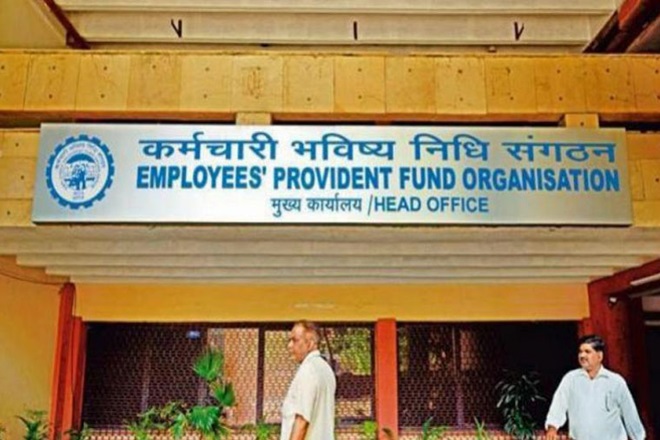KEY HIGHLIGHTS
- The thought behind allowing lower employee PF contribution is that higher take-home pay may boost consumption
- While the Bill retains employers’ PF contribution at 12%, officials have said that the details on how low employees’ PF contribution can be brought down will be worked out after the bill is passed
- As per the Bill, fixed-term contract workers will also be eligible for gratuity on a pro-rata basis

The change of rules, which will be made part of the Social Security Code bill 2019, to be tabled in Parliament this week, may allow employees to pay less than the current 12% statutory contribution. In contrast, the employer contribution will remain at 12%. But, the side effect of this move will lower the retirement saving corpus of workers in the long run.
Currently, both employees and employers of a formal sector establishment contribute 12% each of the basic salaries every month. The rules may not be universal for all sectors and the government may allow this in certain sectors like MSME, textile, and start-up firms, as per two government officials familiar with the development who spoke on condition of anonymity.
“The employee share of EPFO contribution may vary between 9% and 12%, depending on sectors. The flexibility will help workers to take home a better salary,” the first official said.
The plan has been on the table for the last five years but with the social security code bill set to be tabled in Parliament, the central government has taken a call on this.
But the change cannot be seen as a move to spur domestic consumption in a slowing economic scenario. The EPFO annual accruals due to the statutory contribution of employee and employer are to the tune of Rs. 1.3 trillion per annum. And, reducing the contribution of employees by two or three percentage points in some sectors will lead to less than Rs. 3,000 crore per annum increase in spending. It’s very little to boost consumption at a time when the GDP has slowed to a six-year low.











